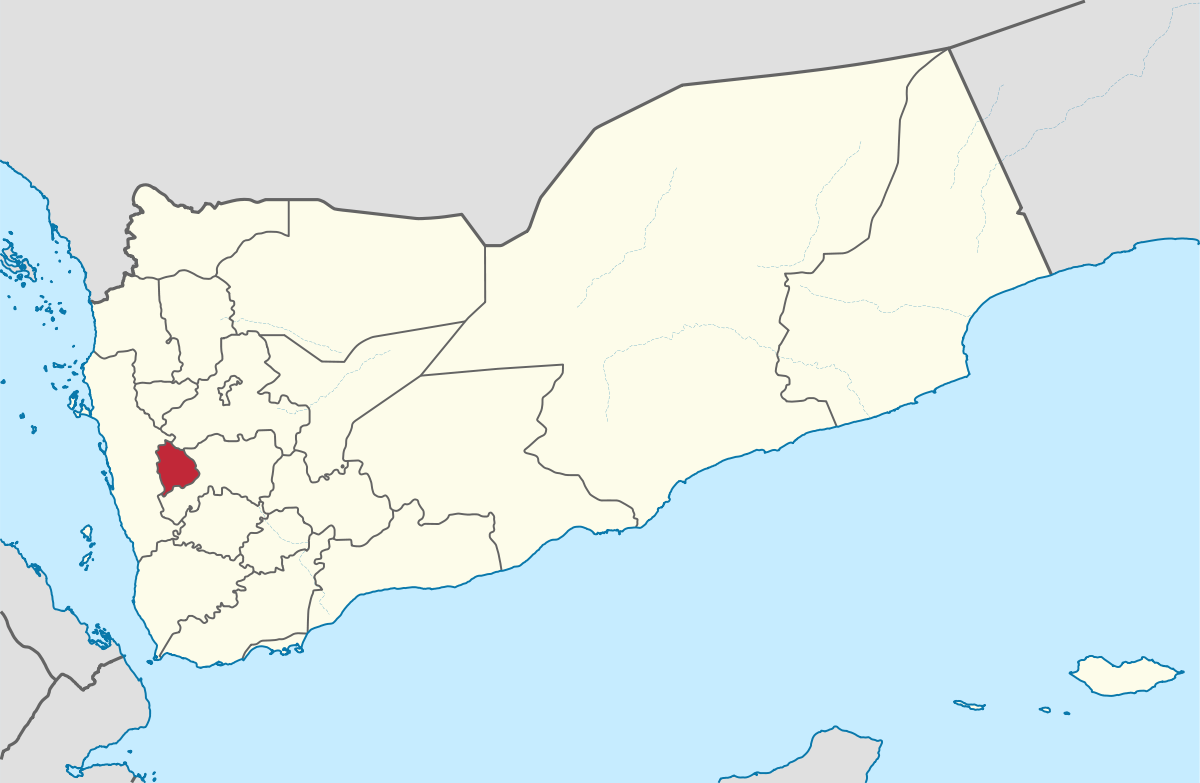Reema Governorate, known as “محافظة ريمة” in Arabic, is a region located in Yemen. This governorate is situated in the western part of the country, nestled within the mountainous terrain that characterizes much of Yemen’s landscape. With its picturesque scenery and rich cultural heritage, Reema Governorate offers a unique glimpse into Yemen’s diverse geographic and cultural landscape.
Geography and Climate
Reema Governorate is characterized by its rugged, mountainous terrain which contributes to its distinctive climate and natural beauty. The region’s elevation varies significantly, with the higher altitudes experiencing cooler temperatures compared to the lower regions. This climatic variation supports a range of flora and fauna adapted to different environmental conditions.

The governorate’s landscape is marked by terraced agriculture, which has been practiced in the area for centuries. The terraces are an adaptation to the mountainous environment, allowing for the cultivation of crops on the slopes and reducing soil erosion. The highlands are often covered with lush vegetation, while the lower areas may be drier and less densely vegetated.
History
The history of Reema Governorate is deeply intertwined with the broader historical and cultural developments of Yemen. The region has been inhabited for thousands of years, with evidence of ancient civilizations that have contributed to its cultural and historical heritage. Throughout its history, Reema has been influenced by various powers and empires, including the Himyarite Kingdom, the Islamic Caliphates, and later Yemeni dynasties.
Reema, like many parts of Yemen, has been affected by the broader historical movements in the region, including the spread of Islam in the 7th century, which significantly influenced the local culture and society. The historical significance of the governorate is reflected in its ancient ruins, traditional architecture, and historical sites.
Demographics and Culture
Reema Governorate is home to a diverse population, with various ethnic and tribal groups contributing to the region’s rich cultural tapestry. The people of Reema are known for their strong sense of community and adherence to traditional customs and practices. Social structures are often organized around extended family networks and tribal affiliations, which play a central role in local governance and social interactions.
The culture of Reema is deeply rooted in Yemeni traditions, including language, music, dance, and cuisine. Arabic is the primary language spoken in the governorate, and traditional Yemeni music and dance forms are an integral part of local festivities and cultural expressions. The cuisine of Reema, like that of Yemen more broadly, features a variety of dishes made with local ingredients, including spices, meats, and grains.
One of the key cultural practices in Reema is the celebration of various traditional festivals and ceremonies, which often involve communal gatherings, music, dance, and feasting. These events are an important aspect of maintaining cultural heritage and fostering social cohesion within the community.
Economy
The economy of Reema Governorate is primarily based on agriculture, which has been the cornerstone of the region’s livelihood for centuries. The mountainous terrain of Reema is well-suited to the cultivation of various crops, including grains, fruits, and vegetables. Traditional farming practices, such as terracing, are employed to make the most of the available land and water resources.
In addition to agriculture, Reema’s economy is supported by other activities such as handicrafts and small-scale industries. Traditional crafts, including weaving and pottery, play a significant role in the local economy and contribute to the preservation of cultural heritage. Handicrafts produced in Reema are often sold in local markets and are sometimes exported to other regions.
Despite the reliance on agriculture and traditional industries, Reema, like many parts of Yemen, has faced economic challenges due to political instability, conflict, and external pressures. These challenges have impacted the region’s economic development and have influenced the livelihoods of its inhabitants.
Infrastructure and Development
The infrastructure in Reema Governorate, including transportation, healthcare, and education, reflects both the region’s historical development and contemporary challenges. The mountainous terrain poses difficulties for transportation, with many roads and pathways being narrow and winding. This can impact access to markets, healthcare facilities, and educational institutions.
Efforts have been made to improve infrastructure and development in Reema, but progress has been hampered by various factors, including political instability and limited resources. Development projects often focus on improving transportation networks, expanding access to education and healthcare, and promoting economic growth through agricultural and industrial initiatives.
Environmental Issues
Reema Governorate faces several environmental challenges, particularly related to its mountainous terrain and agricultural practices. Issues such as soil erosion, deforestation, and water scarcity are significant concerns for the region. Traditional agricultural practices, while well-adapted to the local environment, can sometimes exacerbate environmental problems if not managed sustainably.
Efforts to address environmental issues in Reema include initiatives aimed at promoting sustainable agricultural practices, reforestation projects, and water conservation efforts. These initiatives are important for ensuring the long-term health of the environment and the continued viability of agriculture in the region.
Conclusion
Reema Governorate is a region of Yemen distinguished by its mountainous landscape, rich cultural heritage, and traditional way of life. The governorate’s history, culture, and economy reflect both its historical significance and contemporary challenges. Despite facing various obstacles, Reema continues to be a vibrant and culturally rich area, with its people maintaining traditional practices while adapting to modern realities.
The governorate’s natural beauty, cultural heritage, and agricultural significance make it an important part of Yemen’s diverse geographic and cultural landscape. Understanding Reema’s unique characteristics provides valuable insights into the broader context of Yemen’s history, culture, and development.
